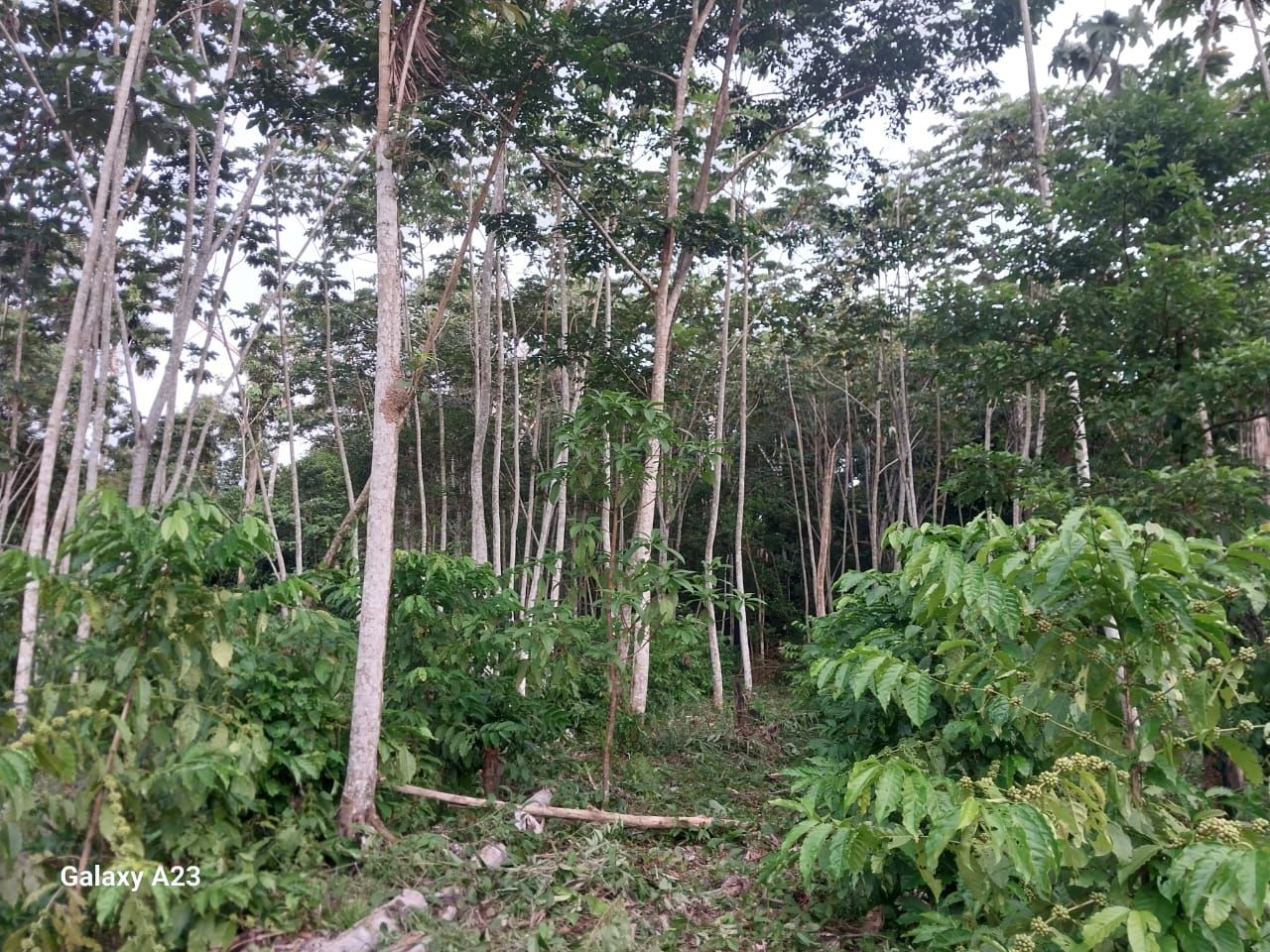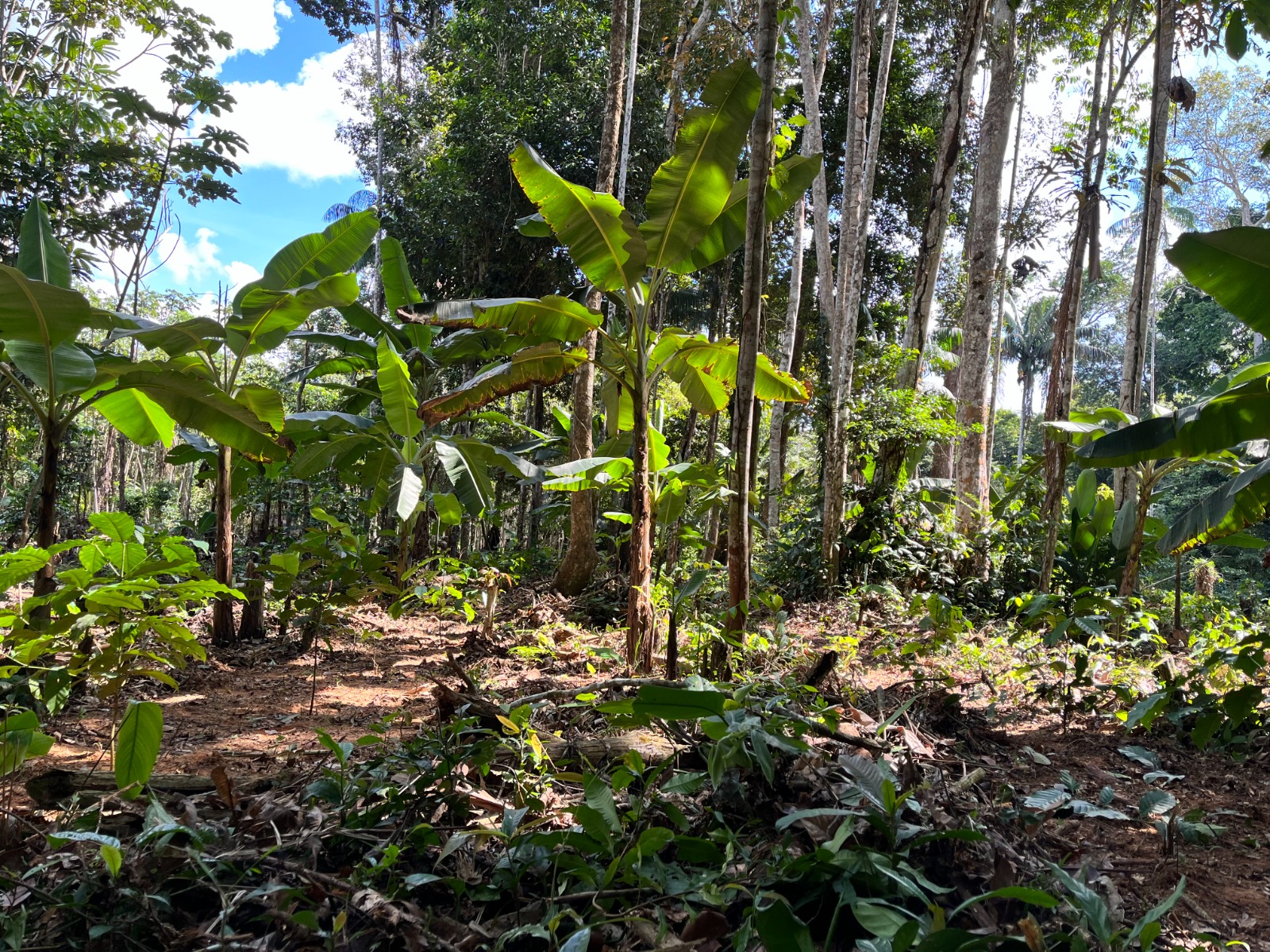Supporting a conservation mosaic in Pando, Bolivia
Discussion details

In northern Bolivia, large areas of the department of Pando are covered with forest, part of the Amazon biome. With globally important biodiversity, the department is taking steps to manage land-use carefully to balance the need for conservation while supporting human settlements and livelihoods.
To this end, the European Union is supporting a project in which three organisations pool their expertise in sustainable production, biodiversity conservation and strengthening environmental governance.
- The Education for Development Foundation (FAUTAPO) promotes agroforestry systems and sustainable family farming, ensuring that communities adopt production practices that minimise pressure on forests.
- Conservación Amazonica – AACEA promotes long-term conservation through comprehensive strategies like different scale research and monitoring using high resolution imagery and biodiversity monitoring on the ground, sustainable management of non-timber forest products such as Brazil nuts and açaí, generating income without compromising biodiversity.
- Conservation International (CI), a US non-profit organisation, leads territorial planning and the integration of these initiatives into long-term conservation strategies.
Working together as part of 12 projects of the programme "Adaptation to climate change through watershed, forest and disaster risk management and governance" (co-financed by the EU and Swedish cooperation, EUR 20 million in total), the three organisations plan and implement an integrated strategy to address the conservation of critical ecosystems, promote productive sustainability and strengthen environmental governance.
The partnership of these three organisations supports the process to draw up the Pando department’s land-use plan (PLUS), ensuring that productive and conservation activities are aligned with sustainable land-use planning. By creating ecological corridors, conservation agreements and boosting forest and agroforestry production, the three organisations strengthen the resilience of ecosystems and contribute to environmental governance. Their coordinated approach generates lessons learned that can feed into public policies and be replicated in other regions. The experience demonstrates the potential of inter-institutional cooperation to maximise the environmental and socio-economic impact of programme interventions.
Promoting agroforestry systems and family farming
FAUTAPO promotes sustainable production models that contribute to the conservation of ecosystems while generating economic benefits for local communities. Its main contributions include:
- Implementing agroforestry systems through working with local communities to integrate crops with native forest species, increasing soil resilience and promoting the regeneration of degraded ecosystems. These systems also act as ecological corridors, facilitating connectivity between protected areas.
- Strengthening sustainable family farming, through technical assistance and training, supporting communities to adopt sustainable agricultural practices that minimise pressure on forests and generate diversified income.
- Support with land-use planning processes: working with its 2 partner organisations to identify and demarcate key areas for conservation, ensuring that productive interventions are aligned with sustainability objectives.

Scaling up biodiversity monitoring and sustainable use of non-timber forest products
Conservación Amazónica - ACEAA promotes Pando's Amazon forest conservation by strengthening and expanding an integral and sustainable development model, using innovative tools for the management of non-timber forest products. Its main actions include:
- Creating enable conditions for comprehensive and sustainable forest management in Pando, through improving the functioning of the Amazon Fruit and Climate Change Observatory (high-tech monitoring of deforestation, carbon and biodiversity and modelling NTFP distribution).
- Strengthening key participatory governance structures in Pando as multi-actor platforms and producer federations and promoting and scaling up sustainable management of NTFPs in Pando, including the development of departmental strategic and financial plans for each NTFP.
- Diversifying and strengthening NTFP management of Brazil nuts and acai into model initiatives that improve the livelihoods of local communities.
- Improving sustainable practices that ensure the conservation of forest resources and boosting the added value of this kind of resources. Its work includes training communities in collection and processing techniques that minimise environmental impact.
Territorial planning and environmental governance
CI applies an integrative and strategic leadership role in planning and implementing the conservation strategy in Pando. Its main actions include:
- Territorial planning for conservation: leading the identification of priority areas for conservation and restoration, using mapping and spatial analysis tools to guide interventions; facilitating coordination with other local stakeholders to ensure that productive and conservation activities are aligned with a long-term vision of sustainability.
- Strengthening environmental governance: supporting institutional and community capacity building for the management of local protected areas and indigenous territories; and working directly with local governments to integrate conservation into public policy and land use planning.
- Creating ecological corridors: with FAUTAPO and Conservación Amazónica - ACEAA, CI promotes the connection between protected areas, buffer zones and key forest ecosystems, ensuring the continuity of ecosystem services.
- Engaging with government actors: CI liaises between local organisations and government institutions, ensuring that methodologies and learning generated in the field feed into the design of policies and strategies at departmental and national level.
Synergy between FAUTAPO, Conservación Amazónica - ACEAA and CI
The collaboration between the three partners maximises the impact of the conservation strategy in Pando by combining complementary approaches:
- Integrating production and conservation: FAUTAPO and Conservación Amazónica - ACEAA work directly with communities to promote sustainable production models, while CI ensures that these initiatives are backed by robust territorial planning.
- Local capacity building: The three organisations provide technical training and practical tools that enable communities to manage their resources sustainably.
- Connecting local scales and public policies: The experiences generated at the community level feed strategic and methodological proposals led by CI, which are then articulated with government institutions for scaling up.
Impact
The coordinated efforts of FAUTAPO, Conservación Amazónica - ACEAA and CI in Pando contribute to the conservation of forest ecosystems, while strengthening the livelihoods of local communities and promoting inclusive and sustainable environmental governance. The integrated strategy is emerging as a replicable model for other regions, demonstrating how collaboration between local and international organisations can generate effective solutions to the challenges of climate change and environmental degradation.
For more info:
Fautapo: https://www.facebook.com/watch/?v=392199886486540
CI: https://www.conservation.org/bolivia/nuestro-trabajo
Conservación Amazónica - ACEAA: https://frutosamazonicos.org.bo/. https://conservacionamazonica.org.bo/

Log in with your EU Login account to post or comment on the platform.